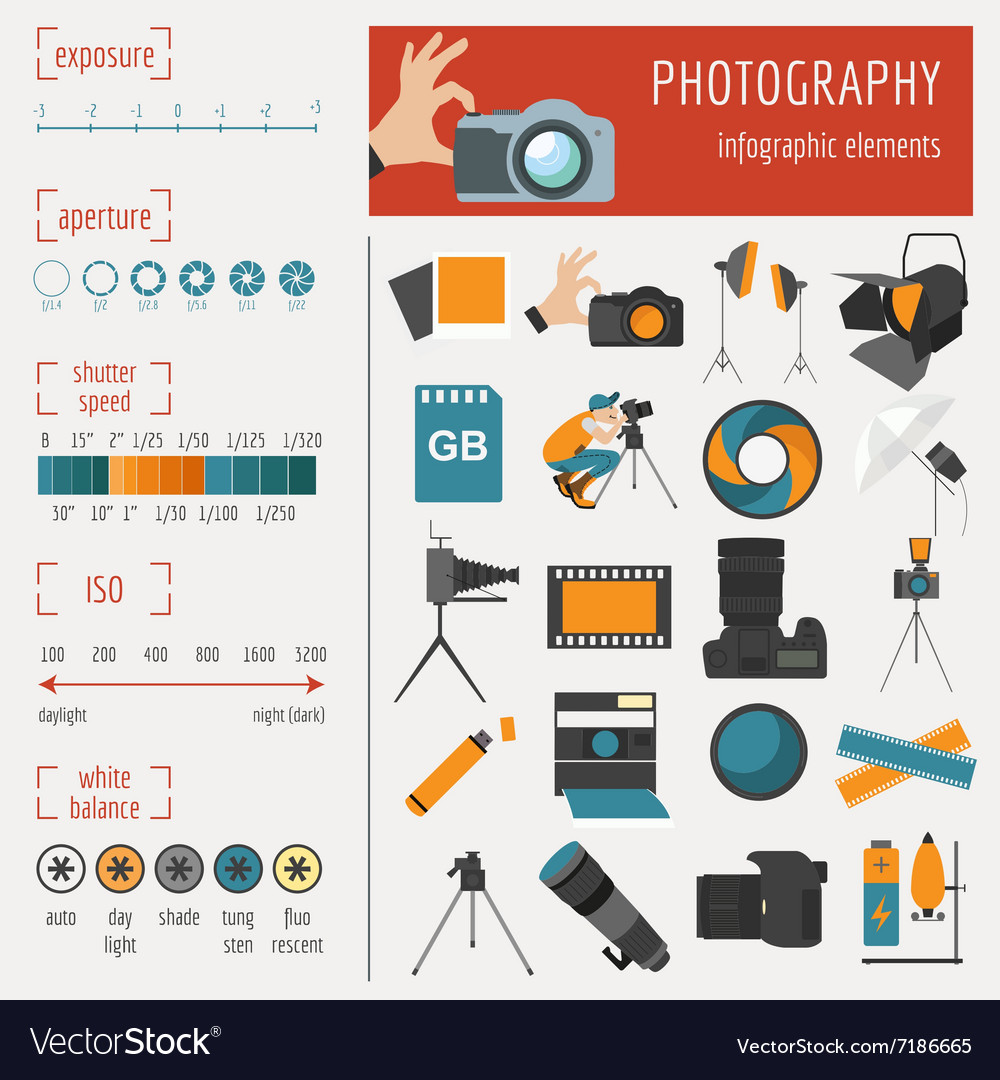What Every Photographer Ought To Know About Lights
What Every Photographer Ought To Know About Lights
Blog Article
Published By-Rogers Ibrahim
As a professional photographer, you know that lighting can make or damage your pictures. Understanding the subtleties of both all-natural and fabricated light is vital for capturing the state of mind and clearness you go for in your work. Whether you're chasing after the perfect golden hour radiance or fine-tuning your fabricated configurations, grasping these aspects can boost your photography dramatically. Yet there prevail challenges that several overlook, and recognizing them can change your technique to every shoot. Let's explore what you may be missing out on and how it can influence your results.
Understanding All-natural Light
Comprehending natural light is critical for any photographer wanting to improve their job. It's the foundation of fantastic photography, affecting state of mind, tone, and clearness. When you fire outdoors, take note of the moment of day. The gold hour-- quickly after sunrise and before sunset-- provides soft, cozy light that can change common scenes into sensational pictures.
Don't ignore the power of overcast days. Cloud cover diffuses sunshine, creating a soft, even light that's perfect for pictures and macro photography. You'll discover shades pop in this sort of lighting without severe shadows.
Positioning matters, too. Constantly consider your topic's alignment to the light. If the sunlight's behind your topic, you might end up with a silhouette, which can be remarkable but mightn't be what you desire. Conversely, straight sunlight can produce uncomplimentary darkness.
Trying out angles; often, altering your viewpoint can produce remarkable outcomes. Use natural reflectors, like water or sand, to bounce light onto your topic, including measurement.
Mastering Artificial Light
Understanding synthetic light is essential for photographers that want to take their skills to the following level. Whether you're using speedlights, studio strobes, or constant lights, recognizing how to control these sources can dramatically boost your photos.
Start by https://www.brides.com/black-owned-wedding-businesses-4846896 on your own with the basics of light top quality, instructions, and color temperature. Trying out various modifiers like softboxes, umbrellas, or grids to control the softness or cruelty of the light.
You'll discover that soft light frequently develops lovely results, while harsher light can include drama and deepness. Do not avoid darkness; they can improve the three-dimensionality of your subjects.
Pay attention to the placement of your lights. A light located too near your topic can produce unflattering outcomes, while also far away can bring about an absence of detail. Utilize a light meter or your cam's pie chart to ensure you're exposing appropriately.
Finally, keep in mind that synthetic light can be mixed with ambient light for imaginative results. Stabilizing https://postheaven.net/murray3549jaimie/necessary-digital-photography-equipment-what-you-really-required-to-get-going may take method, once you grasp it, your photography will absolutely beam.
Strategies for Various Circumstances
When you step into different capturing circumstances, adjusting your illumination methods is crucial for recording the most effective pictures. For https://blogfreely.net/taina3410garland/usual-mistakes-new-photographers-make-and-just-how-to-prevent-them , use the gold hour-- morning or late afternoon light-- to soften shadows and improve complexion.
If it's a harsh lunchtime sun, consider using a reflector to jump light back onto your topic or look for shaded locations for a more even exposure.
In low-light scenarios, like interior events, raise your ISO and utilize a broad aperture to let in even more light. A tripod can assist get rid of video camera shake, permitting longer direct exposures without obscuring.
If you're contending evening, trying out off-camera flash to develop dynamic lights and deepness in your photos.
For https://telegra.ph/How-To-Pick-The-Right-Camera-For-Your-Digital-Photography-Needs-01-09 , use diffused lighting to avoid severe reflections. Softboxes or light outdoors tents can help accomplish this effect.
When photographing landscapes, consider the instructions of light and time of day, as it can considerably alter the mood of your shot.
Constantly be ready to adjust your settings and positioning based upon the scenario, as versatility is vital to understanding illumination in digital photography.
Conclusion
To conclude, understanding lights is essential to raising your photography abilities. Welcome all-natural light's appeal throughout golden hour, and don't shy away from trying out man-made light strategies. By adjusting your technique to various scenarios, you'll catch spectacular photos that resonate with feeling and clearness. Remember, the appropriate lights can change a common shot into something phenomenal, so maintain practicing and improving your understanding of both all-natural and synthetic light. Satisfied shooting!
